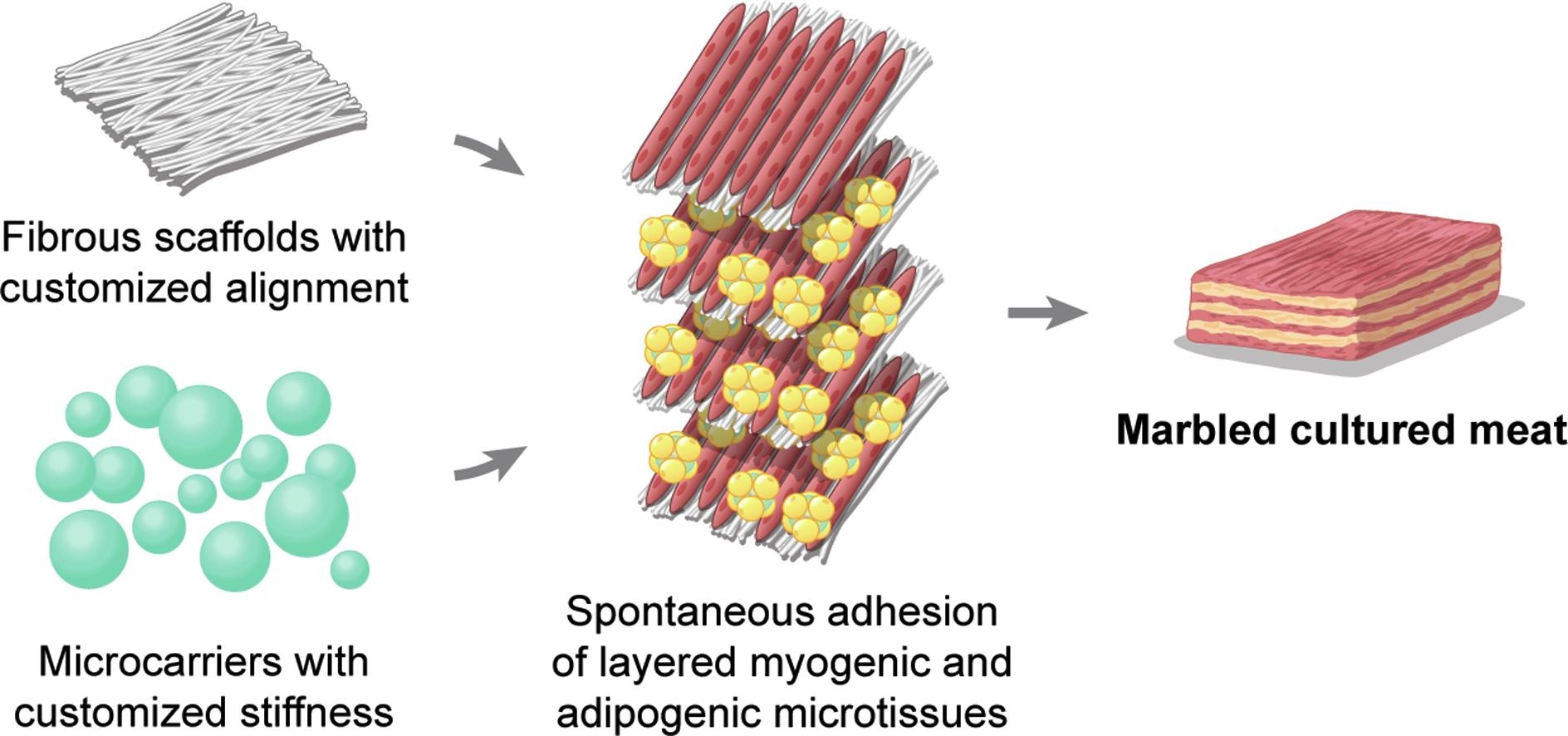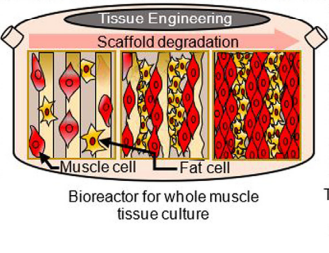- Overview
- Summary
- Funding
- Cite This Publication
Overview
Who: Jernej Vajda, Marko Milojević, Uroš Maver, and Boštjan Vihar
Published: May 21, 2021
Where: Biomedicines
Key Takeaway: 3D bioprinting may be the best way to create microvasculature that is functional and physiologically similar to in vivo microvasculature.
Research Topics:
Summary
Jernej Vajda et al. review the current state of microvascular tissue engineering methods. This paper examines the best materials, cells, and scaffold production methods to form vessels on a microscale. Both top-down and bottom-up methods of creating microvasculature are discussed. Vajda et al. see a top-down approach – particularly involving 3D bioprinting – as the more promising technology for the control of structure it offers. They explore traditional extrusion bioprinting, as well as the potential of stereolithography. The paper also briefly touches on the mathematical modeling of the biophysical properties of the microvasculature and the monitoring of tissue functionality with engineered microvasculature.
Written by Morgan Ziegelski
Cite This Publication
Vajda, J. Milojević, M. Maver, U. Vihar, B. (2021). Microvascular Tissue Engineering—A Review. Biomedicines, 9, 589. https://doi.org/10.3390/biomedicines9060589
You Might Also Like...

Engineering multicomponent tissue by spontaneous adhesion of myogenic and adipogenic microtissues cultured with customized scaffolds
N. Stephanie Kawecki, Sam C.P. Norris, Yixuan Xu, Yifan Wu, Ashton R. Davis, Ester Fridman, Kathleen K. Chen, Rachelle H. Crosbie, Andrea J. Garmyn, Song Li, Thomas G. Mason, Amy C. Rowat

Repurposing agricultural waste as low-cost cultured meat scaffolds
Luke R. Perreault, Richard Thyden, Jack Kloster, Jordan D. Jones, Jordan Nunes, Andriana A. Patmanidis, David Reddig, Tanja Dominko, Glenn R. Gaudette

Enzymatic degradation and ageing of additively manufactured soy-based scaffolds for cell-cultured meat
A. Garrett, K.L.M. Avegnon, L. Delbreilh, J. Segurola, N. Delpouve, M.P. Sealy




